
The thin film
Plant photosynthesis depends on membranes, and human beings would be unable to hear without the eardrum. Could yet another membrane help rescue us from a climatic catastrophe?

Plant photosynthesis depends on membranes, and human beings would be unable to hear without the eardrum. Could yet another membrane help rescue us from a climatic catastrophe?

Soon, your family doctor will no longer have to send blood or cancer cell samples to the laboratory.
New technology can measure soot particles in the exhaust of diesel engines.
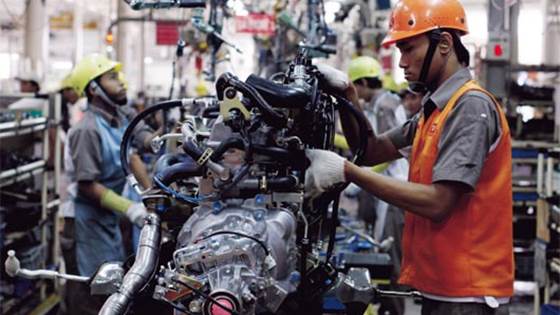
For years, the whole world has looked up to the Japanese industry. Now, Toyota wants to learn about evaluating team organization from Norwegian researchers.

Can industrialized countries conserve their way out of an energy crisis?

Norwegian research scientist Anne Kvithyld was named recipient of the prestigious 2011 Vittorio de Nora Award for Environmental Improvements in Metallurgical Industries by The Minerals, Metals & Materials Society (TMS) for her work on recycling...
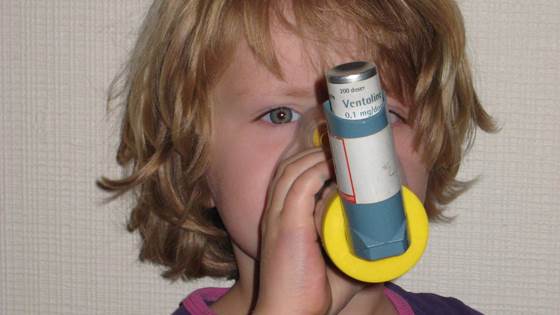
A recent PhD study shows that there is no link between mould-spore concentrations in the indoor air and development of asthma and allergy among children.
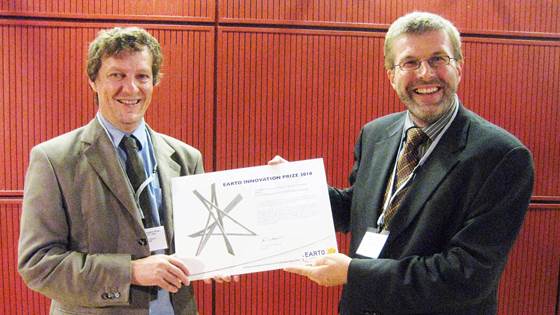
Christian Simon and Ferdinand Männle from Materials and Chemistry recently received an innovation award from EARTO, a trade association of European research institutes.
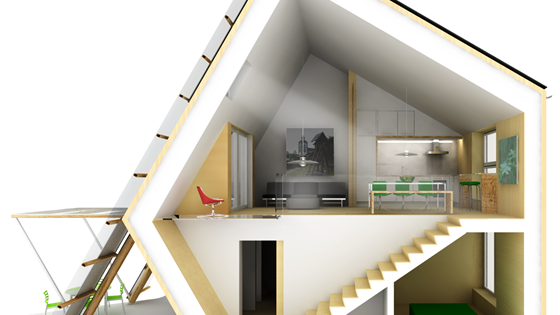
The efficient functioning of a low-energy home depends to a great extent on its occupants. “This is why the human factor must be taken into account during the planning and design of such buildings,” says researcher Judith Thomsen at SINTEF Building...

Experts at SINTEF believe it is possible to develop efficient CO2 capture technologies without generating harmful emissions.

BILAT-INDIA project (2009-2011) workshop was successfully conducted at the campus of the National Environmental Engineering Research Institute (NEERI) in Nagpur on 6th October.

As an assignment for the Norwegian Petroleum Safety Authority, SINTEF has carried out a study of security systems in use on offshore installations. The conclusion is that the requirements for independence and robustness are not satisfactorily...
A valuation price says very little about the technical condition of a property. Don’t forget this when planning on buying a new home.
The new comprehensive ICT system for ground-to-ground communication at airports will utilise technology that is similar to that used in 3G mobile telephones.
With SINTEF as part of the crew, the European aviation industry is well under way with a program that should result in more punctual flight departures.
SINTEF is working on the development of robot technology and the cybernetics community at NTNU/SINTEF is one of the world leaders in the field of snake robotics. At last twenty people are working on robotics, which is one of SINTEF ICT’s major areas...

There is a solution for the world's insatiable energy needs. It is CO2-free and safe. And it’s located right under our feet.
Researchers use a biological weapon to fight salmon parasite

Nacre, the SINTEF spin-off company, was victorious in the competition for the NTNU and SINTEF Technology Award during this year’s Technoport Awards.
Wax. Hydrates. Asphaltenes. Algal growths. Protein and mineral deposits: Fouling is major industrial problem. SINTEF is looking for solutions.

The EU project SOCIETIES intends to revolutionise the way we work during major crises – by exploiting social media.
A new report is helping to remove the dirty image attributed to climate gas emissions from HEP reservoirs.
A new report is helping to remove the dirty image attributed to climate gas emissions from HEP reservoirs.

There is a solution for the world’s insatiable energy needs. It is CO2-free and safe. And it’s located right under our feet.
Petrobras and SINTEF have signed a General Research and Development agreement.The agreement was signed on 26th of August, as a part of the Innovation Norway Brazil Day at ONS in Stavanger, Norway.
IRIS and SINTEF together with the universities in Trondheim (NTNU) and Stavanger (UiS) have just established an international Center for Drilling and Wells for Improved Recovery in cooperation with major oil companies. The objectives are to...
From 24 to 27 August, Stavanger is hosting the petroleum exhibition ONS. Please come and visit one of our three stands.
New Partnership to Develop Next Generation of Intelligent Hearing Protection and Communication Technology for Offshore Energy Industry
SINTEF is cooperating with Statoil and the technology company Nacre in the development of next-generation hearing protection and communication technology for the offshore industry.
In June SINTEF and the Norwegian Embassy in Dehli signed an agreement with aim of reducing India’s waste and environmental problems.
Weed-killer consumption could be cut in half if farmers sprayed it only on weed-infested areas instead of wasting these chemicals by spraying whole fields.

They are not professionals, but they are specially trained: A ‘health army’ of foot soldiers saves the lives of children in areas without doctors.

Wireless sensor networks work well in monitoring the oceans. The concept has been tested and found to be watertight.
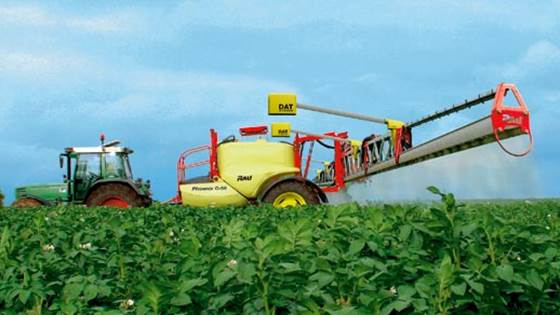
Herbicide consumption could be cut in half if farmers sprayed only weeds instead of whole fields.
Membrane technology has great industrial potential, not least in energy and environmental technology. For this reason, SINTEF has signed a memorandum of understanding aimed at strengthening and consolidating its cooperation in this area with four...
SINTEF oil-spill researchers are helping the American authorities to estimate what happens to the oil that is leaking out into the Gulf of Mexico.
The Research Council of Norway has provided NOK 45 million in funding for the development, construction and installation of a 225 kW floating wind-turbine for research on offshore wind energy.
His Royal Highness Crown Prince Haakon of Norway on Thursday April 29 opened a new CO2 research and development facility at SINTEF. The new test facility aims to develop more effective carbon capture solvents.
Kallak Torvstrøfabrikk in Trøgstad in eastern Norway has developed a peat moss mixture with unusually good absorbent qualities. The material could be a useful tool for clearing up oil-spills after minor incidents or major catastrophes.
According to a SINTEF report, during the past ten years helicopter flights have become even safer. The risks of flying have been reduced by16 percent, and the only serious accident in the course of the period did not involve loss of life.
New 3D sensor will enable robots to observe their environment in a more natural and human-like manner
The Svelvik Ridge in southern Norway could quite literally become a green laboratory later this year: a unique tool for scientists who are developing the technology needed for secure underground storage of captured CO2.
3500 20- to 24-year-old women from Tromsø and Hamar in Norway were offered free hormonal contraception for a year. The result was that the abortion rate in the trial cities was halved.
The EU’s four-year EuroBioRef project, which was launched on March 1, aims to cover the whole biomass conversion chain from raw materials to commercial products.
Many people feel insecure when they drive in tunnels. However, their anxiety can be reduced
When the Norwegian dairy company TINE makes cheese, it deliberately adds certain organisms to the raw milk. Others get there by chance and shape the end-product. But such games of chance will soon be a thing of the past.
When the Norwegian dairy company TINE makes cheese, it deliberately adds certain organisms to the raw milk. Others get there by chance and shape the end-product. But such games of chance will soon be a thing of the past.
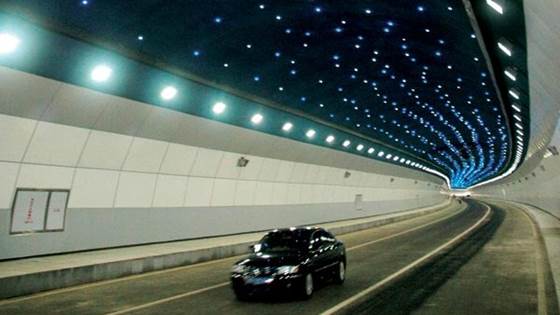
Dark tunnels make drivers feel insecure. Better lighting technology can help.

How much cold can we actually tolerate without affecting our performance?

Researchers search for new bacteria to enhance Norwegian cheese production.

The world’s first prototype of a saline power plant demonstrates a simple – and surprising – principle: mixing freshwater and saltwater can produce electricity.
Scientists at SINTEF/NTNU and the University of Oslo have been awarded NOK 25 million by the Research Council of Norway for investments in equipment for surface analysis.
Nanoelectronics technology is improving the way that batteries and motors in electric vehicles are controlled, giving them a longer range on each charge.